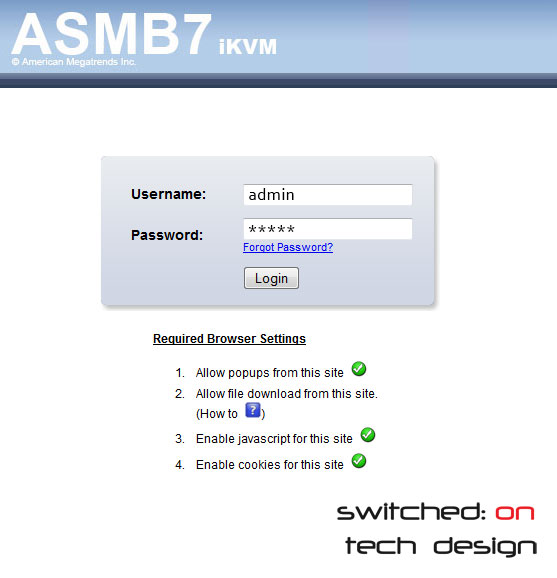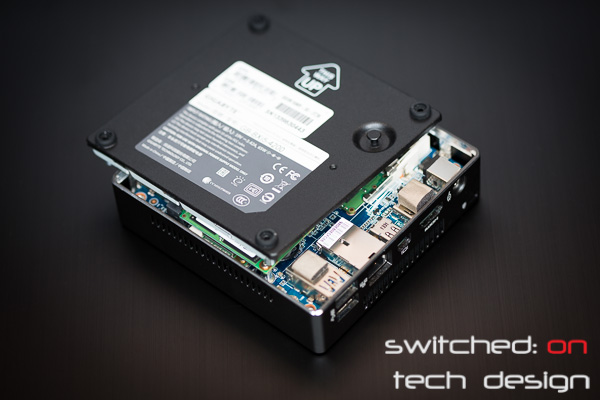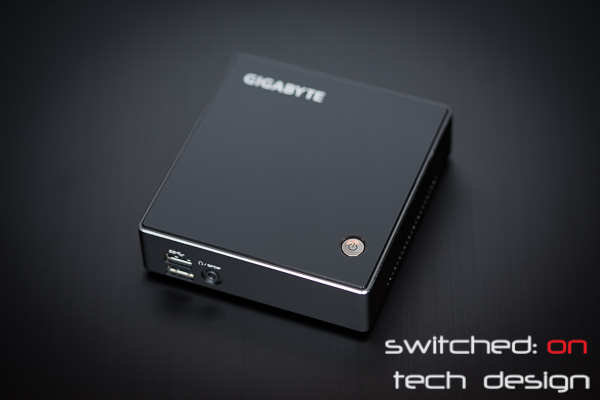Another Windows 8/8.1 question from someone who wanted to stop their OS opening PDFs with the default Win8 app and instead use SumatraPDF.
Hit the Windows key to bring up the Start screen and type “defaults”. Then select Default App Settings and you’ll be presented with a screen showing a few common file types. Chances are the one you want won’t be there, so at the bottom there’s an option “Choose default applications by file type”, which will bring up a huge list. Navigate to your desired extension, click on the icon to change it and you’re done.




